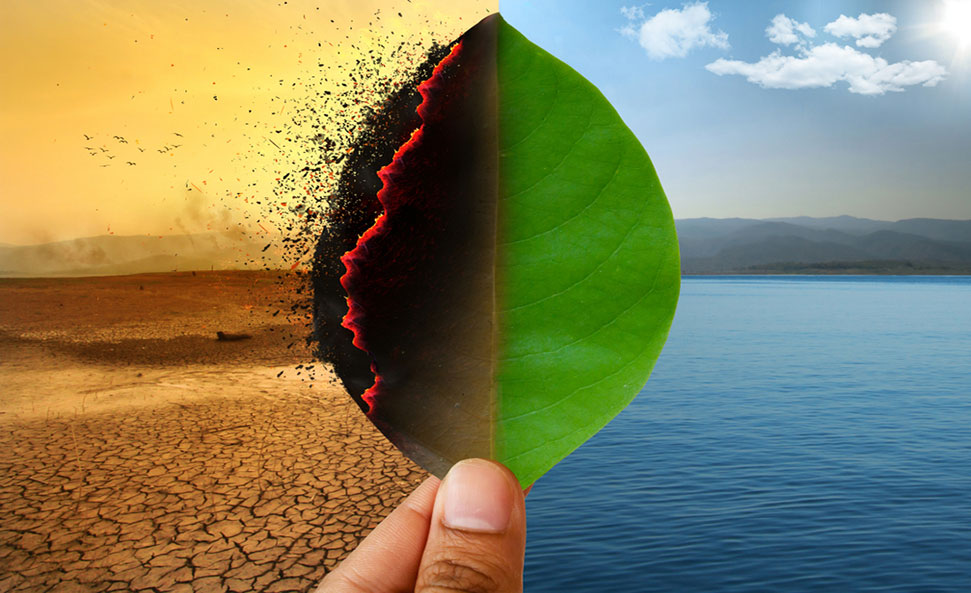Elsewhere, the year so far has witnessed an unusual phenomenon of heatwaves in the icy regions of Canada and the west coast of North America.
The US states of Washington and Oregon, as well as British Columbia in Canada – normally known for their cold climates — boiled recently in all-time high temperatures that caused dozens of deaths.
The western United States and Canada would likely have experienced a heatwave this week even without climate change. But the changes undoubtedly multiplied the scale and severity of the record-breaking temperatures in our atmosphere, experts said.

“This is one of the most extreme heat waves that we have seen on Earth in many years, anywhere, in terms of the deviation from the typical conditions in this part of the world,” said Daniel Swain, a climate expert at UCLA, noting that temperature records are rarely broken by “more than a degree.”
Canada set an all-time record. In Oregon, temperatures were higher than the maximum recorded in Las Vegas, in the middle of the Nevada desert. And all this in a region with a normally temperate climate at this time of the year.
The phenomenon causing the scorching heat is called a “heat dome.” Hot air is trapped by high-pressure fronts, and as it is pushed back to the ground, it heats up even more.
Both the US and Canada will conduct “attribution studies” to determine the exact causes of the event. It is safe to say that there are at least some components of global climate change that contributed to this event.
In fact, the heatwave caused a ‘maritime massacre’ in Canada, where 1 million mussels and sea creatures died in the area the size of a tennis court on Galiano Island, off the mainland of British Columbia.
Experts attributed this to a possible collapse of the region’s maritime ecosystem.
Soon after came wildfires that raged across the American West. In Oregon, the Bootleg Fire, the largest wildfire so far this year in the US, was so hot that it generated its own weather. The blaze had a towering cloud of hot air, smoke and moisture that reached airliner heights and spawned lightning.
Normally the weather predicts what the fire will do. In this case, the fire predicted what the weather will do.
Here too, weather experts say that climate change is causing wildfires to become larger and more intense, as months of drought and last month’s blistering heatwave dry out the landscape.
In Europe, unprecedented floods devastated large parts of the land, and German Chancellor Angela Merkel described the flooding as “terrifying” even as the death toll was close to 200.
Merkel admitted that governments would have to get better and faster in their efforts to tackle the impact of climate change.
Shankar Raj

